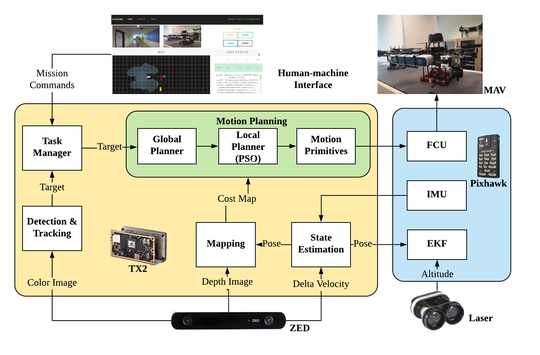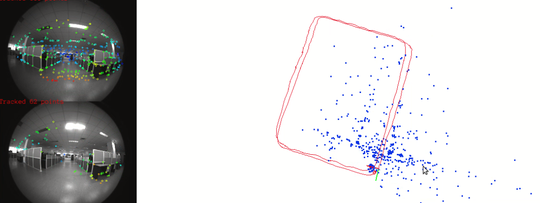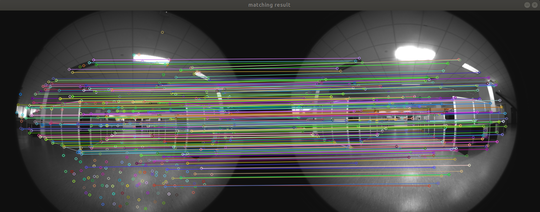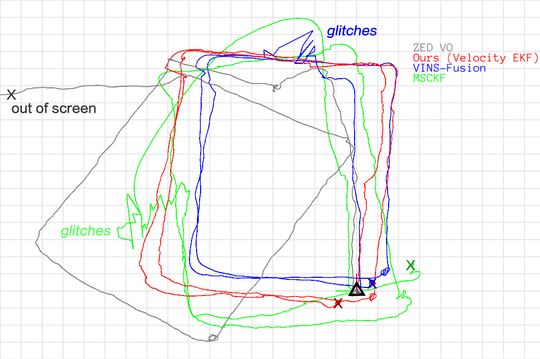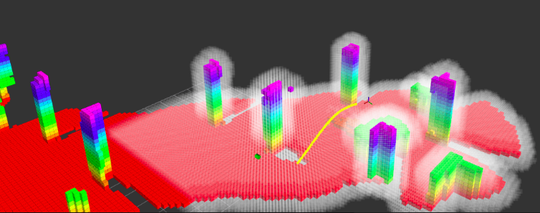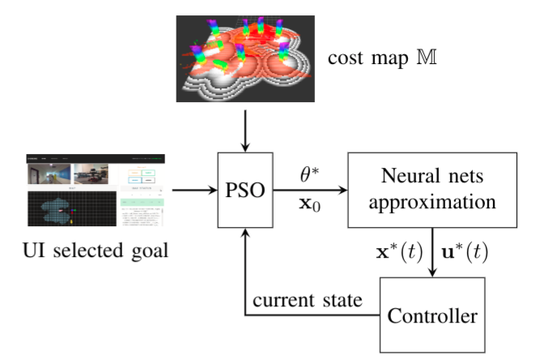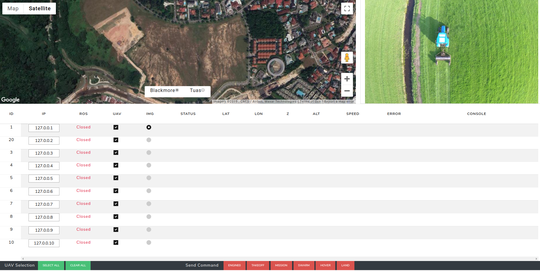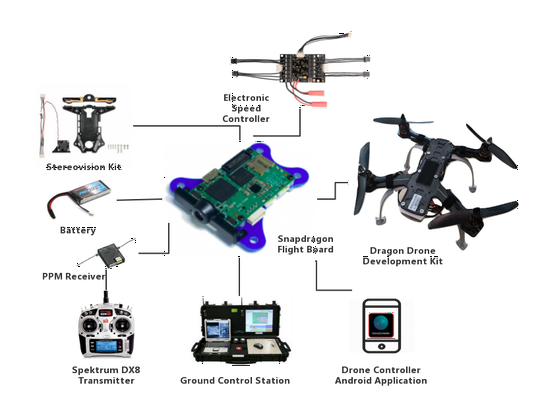System Overview
We present a comprehensive design and implementation for a micro aerial vehicle (MAV) that is able to perform 3D autonomous navigation and obstacle avoidance in cluttered and realistic unknown environments without the aid of GPS and other external sensors or markers.
